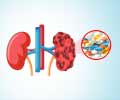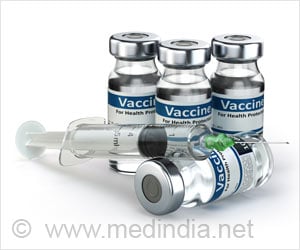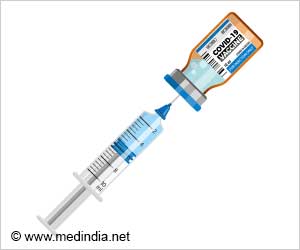Study says clinical study investigating the use of the AKIN criteria (Acute Kidney Injury Network) in cirrhosis has shown significant benefits that have the potential to change future
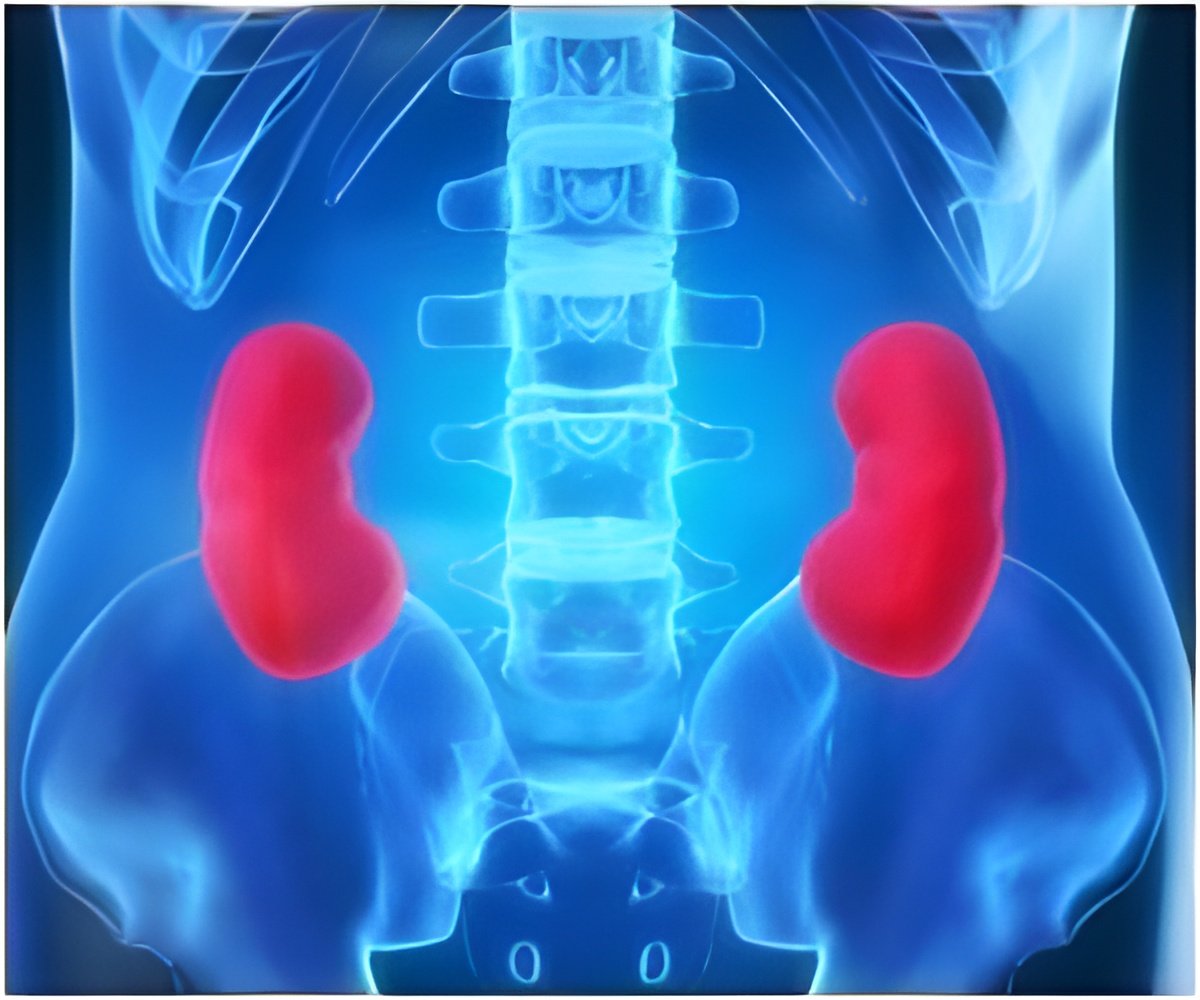
This prospective study aimed to assess the value of the AKIN criteria in predicting outcomes in hospitalised cirrhotic patients. Out of 300 patients admitted to hospital for complications of cirrhosis 88 (29%) developed renal failure according to the AKIN criteria. Three-month survival of these patients was 38%, compared with 87% of patients who did not develop renal failure (p< 0.01).
Renal failure in cirrhosis is currently defined as serum creatinine greater than 1.5 mg/dL. According to the study investigators this definition has two shortcomings: firstly it represents a very low glomerular filtration rate (GFR), and secondly it may not detect significant changes in GFR because it does not take into account variations in creatinine values. In contrast, the AKIN criteria is much more sensitive and considers renal failure as an increase in serum creatinine greater than or equal to a 0.3ml/dL (≥50% increase) compared to baseline within 48 hours.
Mark Thursz, EASL's Vice-Secretary commented: "Liver disease is associated with a high mortality due to renal failure, especially in end stage cirrhosis. As experts and clinicians in the field of hepatology, defining more sensitive tests that help to identify patients at risk of renal failure or death earlier is critical to enable us to intervene and ensure the patient has the best possible outcome".
Furthermore, when the AKIN criteria were combined with the current definition of renal failure, patients meeting the AKIN criteria in whom serum creatinine reached a peak value of >1.5 mg/dL (n=60) had a significantly lower survival compared to patients with a peak value ≤ 1.5 mg/dL (n=28) (29% vs 58%, respectively; p=0.026). Out of the 300 patients, 30 patients had serum creatinine >1.5 mg/dL but did not meet the AKIN criteria. However, three-month survival of these patients was 80%.
 MEDINDIA
MEDINDIA


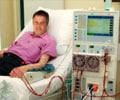
 Email
Email




